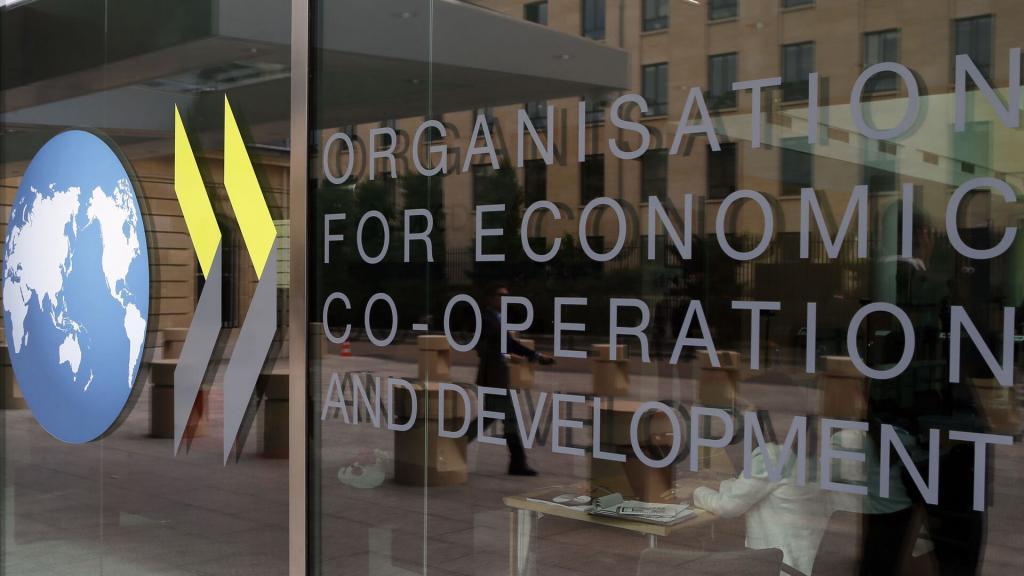Africa-Press – Malawi. The OECD today reduced its global growth forecast for 2025 and 2026, due to the impact of the trade war launched by Donald Trump across the world, which will mainly affect the United States.
Global gross domestic product (GDP) growth is expected to reach 2.9% this year and next, down 0.2 and 0.1 percentage points respectively from the last forecast published in March, according to a report by the Organization for Economic Cooperation and Development (OECD).
The eurozone, meanwhile, did not see its growth forecast fall again, as it did in March, with the OECD predicting 1% GDP growth this year.
The document adds that US economic activity “will slow significantly due to the sharp increase in tariffs.”
“We have revised downward the growth of almost all the economies in the world” because of the tariffs, said the organization’s chief economist, Álvaro Pereira, in an interview with Agence France Presse (AFP).
“Trade is affected, particularly consumption and investment,” the economist continued, in an interview given on Monday, the day before the report was published.
The OECD, which brings together 38 developed countries, is holding a ministerial meeting today and on Wednesday in Paris. On the sidelines of this meeting, discussions between American and European negotiators on tariffs are also scheduled, as well as a G7 meeting focused on trade.
As soon as he arrived at the White House in January, President Donald Trump launched a trade war by imposing tariffs on his partners.
This situation has created a strong climate of uncertainty for companies, especially due to Trump’s successive advances and retreats, as happened last Friday when he decided to double the surcharge on steel and aluminum to 50% as of Wednesday.
Until then, economic activity had benefited from a Trump effect that materialized in an increase in trade “in late 2024 and in the first quarter of 2025”, according to the OECD, due to the desire of companies to replenish stocks before the fall of tariffs.
“However, some signs are emerging that these outcomes are deteriorating,” the OECD warns, citing falling container shipping prices between Shanghai and the United States, a direct consequence of the standoff between Beijing and Washington.
“The effect of recent bilateral tariff increases between the United States and its trading partners is likely to be increasingly evident in economic indicators,” the organization continues.
This concern is even greater given that “the United States constitutes an important export market for several countries”, explains the Paris-based institution, listing: “approximately 75% of exports of goods from Mexico and Canada, 19% from Japan, 13% from China and 10% from Germany”.
The effective rate of US tariffs on imported goods rose in May, according to the OECD, from 2% to 15.4%, “the highest level since 1938”.
The OECD also predicts that US growth will “slow sharply” and that the main drag among the most developed countries will be in the United States: GDP is expected to grow 1.6% in 2025, compared to 2.2% in March. The decline is more modest for 2026, with growth estimated at 1.5%, compared to 1.6% forecast in March.
For More News And Analysis About Malawi Follow Africa-Press






